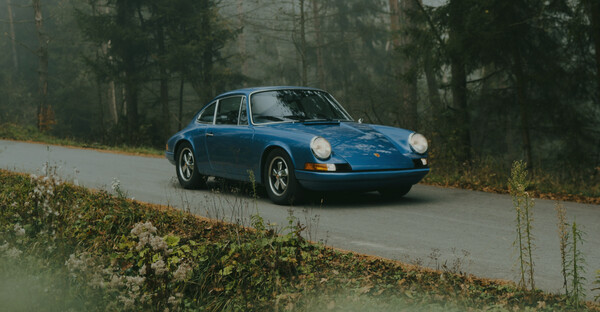Description
MANUFACTURER: DRESCH
MODEL: MONOBLOC
DRESCH MONOBLOC 500 SV (1930-38)At the 1930 Paris Salon Dresch presented the Monobloc. Designed by Pierre de Font-Réaulx, the frame was a pressed-metal double cradle type. (Stamped sheet metal frames had been in use by German firms since the late 1920s, and were adopted by the French, Italians and Czechs in the 1930s). The U-profiles had different developments and both the front structure and side joints were also stamped, as was the front fork. This achieved a new aesthetic while maintaining torsional stiffness, in addition to reducing the weight to only 140 kg.
The Dresch Monobloc had a 495cc (64 x 77mm) inline twin engine incorporating a three-speed gearbox connected through a multi-disc clutch in an oil bath. The design was unusual in that the clutch-gearbox assembly was driven from the camshaft end rather than the crankshaft end. The final transmission consisted of an elastic joint at the outlet of the housing, a shaft and helical bevel gears in a housing fixed to the frame. ¹
An automotive type oil pump provides pressurised lubrication. The carburettor was an Amac, while the ignition was by magneto and the dynamo was belt-driven.
Despite being less expensive than many single-cylinder competitors, the Monobloc had luxurious and very complete equipment - Gazda spring-steel handlebars with high quality fittings, electric lighting, horn, a tank-mounted instrument panel with speedometer, Jaeger 8-day clock with the Dresch logo, and an ammeter.
Moto Revue magazine tested this model in July 1930 and found it a very pleasant ride, with a quiet gearbox, an engine free of vibration and good suspension, allowing the machine to comfortably achieve 110 km/ h. The factory claimed a maximum speed of 120 km/ h.







